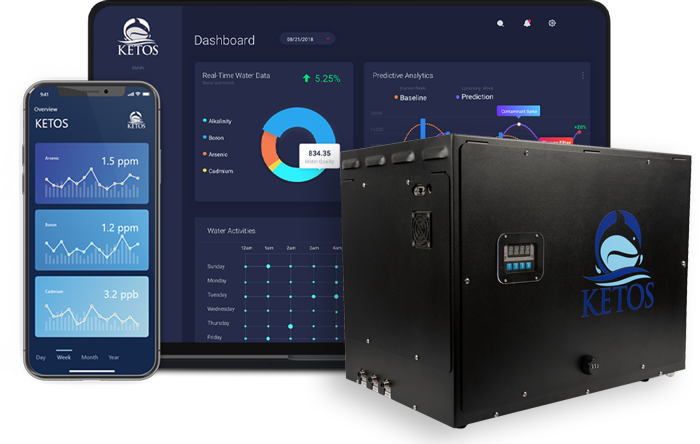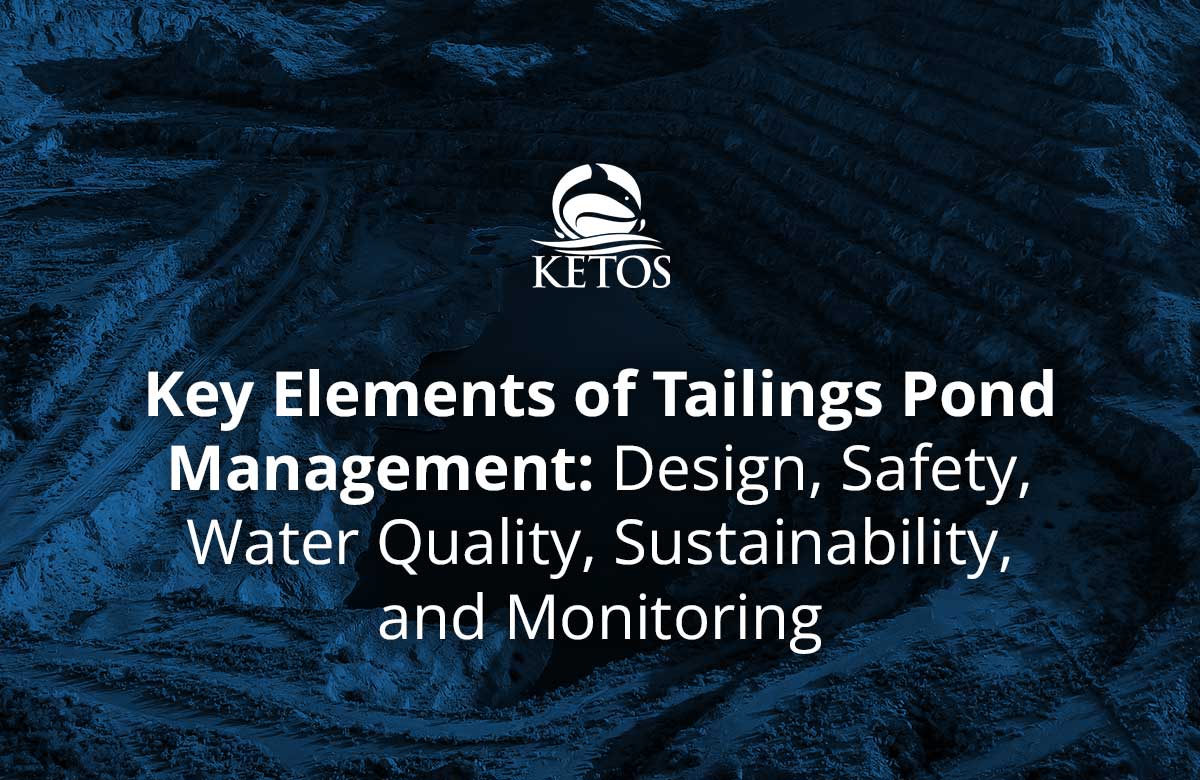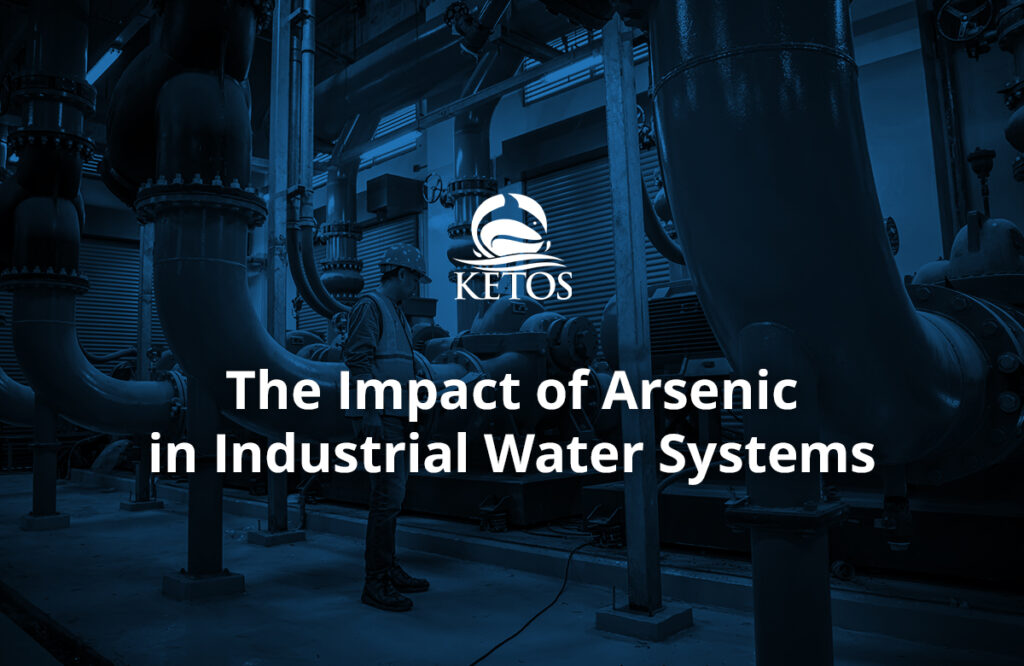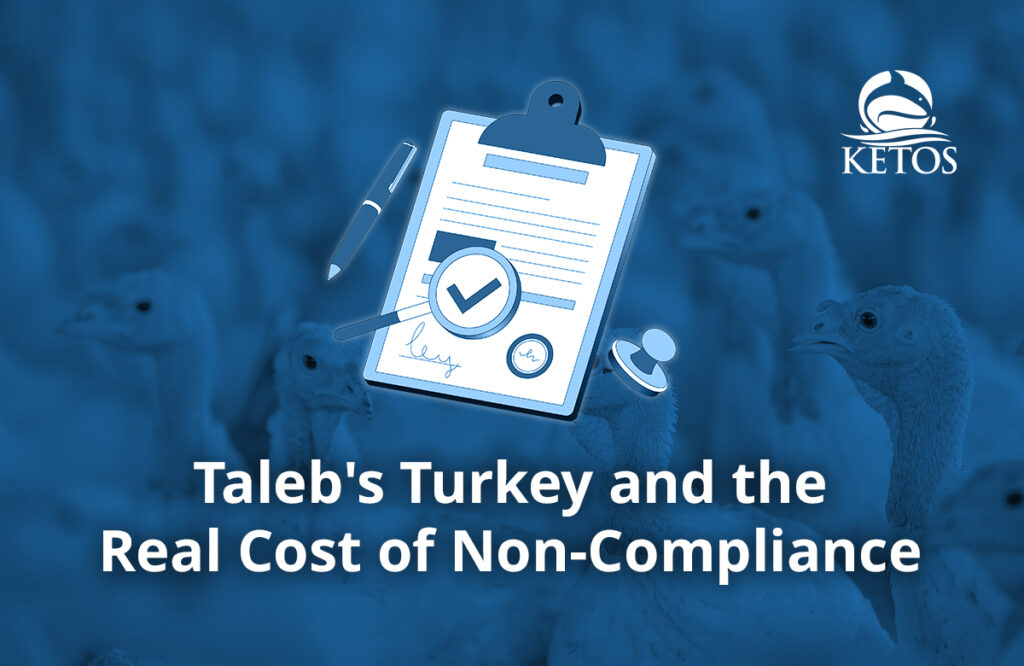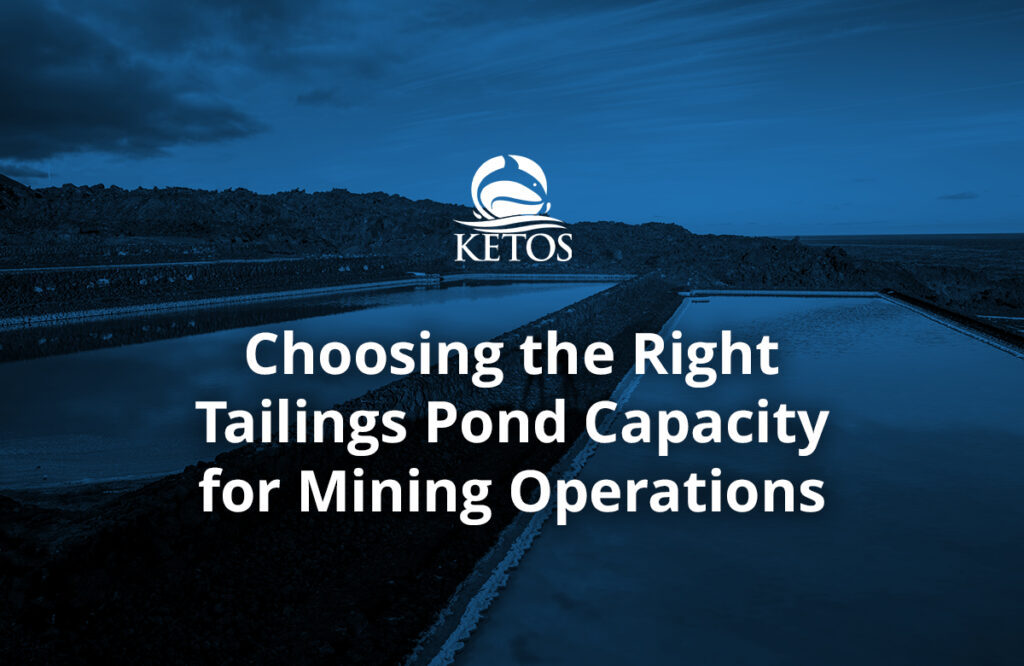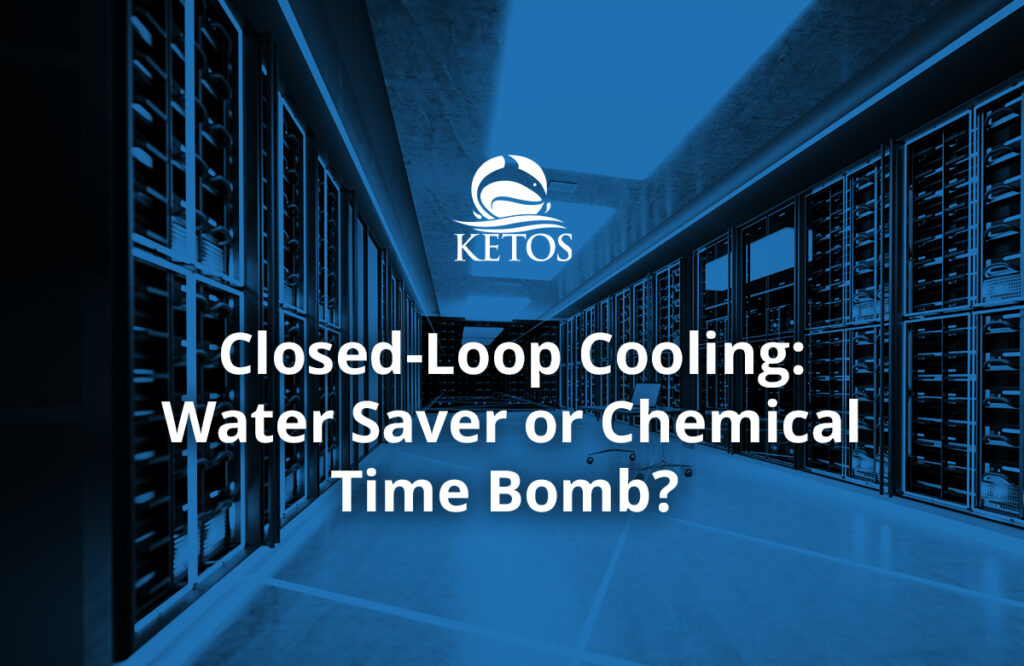Mining operations generate large amounts of waste materials, called tailings, which must be stored safely to prevent environmental damage. Tailings ponds are specially designed storage areas that help contain these waste materials while protecting water sources, soil, and nearby ecosystems. Proper design, safety measures, water quality control, sustainability efforts, and monitoring play a critical role in managing tailings ponds effectively.
Elements of Tailings Pond Design
Building a tailings pond requires careful planning to ensure stability, prevent leaks, and minimize environmental risks. Several important factors influence the design of these structures, which we will examine in detail below.
Choosing the Right Location
The location of a tailings pond affects its long-term safety and environmental impact. Key factors to consider when choosing a location include:
- Geological Stability: The site must have solid ground to prevent dam failure. Assessing soil composition and bedrock strength ensures the site can support the tailings.
- Distance from Water Sources: Ponds should be placed away from rivers, lakes, and groundwater with buffer zones and proper drainage to prevent contamination.
- Seismic Activity: Reinforcements and flexible materials help withstand seismic forces in earthquake-prone areas. Routine hazard assessments guide design adjustments during the building phase.
- Accessibility: The pond should be close enough for efficient tailings transport but far enough to ensure safety and prevent spills.
Building Strong Containment Structures
The walls of a tailings pond, often called dams or embankments, must be built to withstand pressure from the stored materials. They are typically made from:
- Compacted Earth or Rockfill: Locally sourced materials provide strength and durability. Layered compaction enhances stability and reduces permeability.
- Concrete or Synthetic Barriers: Concrete walls or geomembranes prevent seepage and reinforce structural integrity.
- Layered Designs: Clay, sand, and geotextiles create a composite barrier, improving leak prevention and structural support.
Using Liner Systems to Prevent Leaks
Installing a reliable liner system is essential to prevent contaminated water from seeping into soil and groundwater. Common liner types include:
- Geomembranes – Impermeable HDPE synthetic liners that resist chemicals and provide long-term containment.
- Clay Liners – Low-permeability bentonite clay that absorbs contaminants and offers cost-effective seepage control.
- Composite Liners – A combination of geomembranes and clay, providing enhanced leak protection.
The U.S. EPA highlights that choosing the right liner materials and ensuring proper installation are critical to long-term environmental safety in tailings storage.
How Can Water Managers Ensure Tailing Pond Safety?
Continuous monitoring and preventive measures are essential to maintain structural integrity and environmental security. Leaks, seepage, or failures can threaten ecosystems and communities without the proper upkeep of tailings ponds. Below are key safety measures for long-term stability.
Regular Inspections and Monitoring
Frequent inspections help detect early signs of structural weakness, allowing corrective actions before issues escalate. A robust inspection program should include the following components:
- Advanced Surveillance Systems: Installing real-time monitoring tools such as GPS hubs, piezometers, inclinometers, and pressure gauges enables early detection of dam movements, seepage, or stability risks.
- Daily Visual Inspections: On-site personnel should conduct routine checks to identify visible cracks, erosion, water level changes, or unusual seepage patterns.
- Monthly Structural Assessments: Engineers should perform more detailed evaluations, assessing embankment integrity, drainage systems, and the efficiency of water management structures.
- Annual Dam Safety Audits: External engineers of record (EoRs) should conduct formal audits to ensure compliance with global tailings management guidelines.
- Independent Expert Reviews: Every three to five years, third-party specialists should assess the long-term safety of tailings ponds, particularly in high-risk areas.
Emergency Preparedness Planning
Unexpected events like heavy rain, earthquakes, or equipment failures can threaten tailings pond safety. A clear emergency plan minimizes damage and ensures a quick response. Key steps include:
- Emergency Action Plans (EAPs): Written procedures for leaks, dam failures, and structural issues.
- Community Awareness: Keeping nearby residents informed and involved in safety planning.
- Training & Drills: Regular emergency exercises for workers and responders.
- Evacuation Mapping: Identifying high-risk areas and safe escape routes.
- Regulatory Coordination: Working with local and national authorities for faster response.
With proactive planning and advanced monitoring, mining operations can reduce risks and meet safety standards.
Water Contamination Risks in Tailings Ponds
Tailings ponds can contain toxic substances that threaten ecosystems and water supplies. Below are the most common contaminants and their effects:
| Contaminant | Source | Risk |
| Heavy Metals
(Pb, Hg, As, Cd) |
Ore processing, chemical extraction | Can bioaccumulate in aquatic life, contaminate drinking water, and cause toxicity. |
| Acid Mine Drainage (AMD) | Sulfide minerals reacting with oxygen & water | Lowers pH, increases metal solubility, and harms ecosystems. |
| Sediments & Suspended Solids | Ore grinding & processing | Reduces water clarity, blocks sunlight, and disrupts habitats. |
| Salts & Dissolved Minerals | Processing chemicals, ore breakdown | Increases salinity, making water unsuitable for reuse. |
Effective Water Treatment Strategies
KETOS provides advanced solutions to help mining operations stay compliant, protect ecosystems, and maximize water reuse. Key treatment methods include:
| Method | Purpose | Application |
| Filtration & Sediment Removal | Removes solid particles | Settling basins, geotextile filters, membrane filtration |
| Chemical Treatments | Neutralizes acidity and removes metals | Lime treatment, coagulation, reverse osmosis |
| Bioremediation | Uses microbes to break down contaminants | Wetland systems, biochar filtration |
| Water Recycling & Reuse | Reduces freshwater consumption | Closed-loop systems, desalination, Zero Liquid Discharge (ZLD) |
How to Monitor Tailings Ponds for Long-Term Safety
Continuous monitoring is critical for detecting structural weaknesses, seepage, and contamination early. Advanced technology enables real-time tracking, ensuring stability and compliance. A combination of modern tools and strategic monitoring techniques not only improves tailings pond safety and environmental integrity but also enhances tailings pond management by optimizing resource use and risk mitigation.
To achieve this, the following key monitoring methods are widely used:
1. Automated Water Quality Monitoring
Smart sensors track pH, heavy metals, TDS, turbidity, and dissolved oxygen, detecting contamination early. Automated systems provide real-time data, allowing for quick detection and response to water quality issues.
2. Satellite and Drone Surveillance
High-resolution satellites and drones identify cracks, erosion, dam instability, and water overflow risks. Equipped with LiDAR and thermal imaging, these technologies enhance accuracy and reduce the need for manual inspections.
3. Groundwater Monitoring Wells
Strategically placed underground sensors detect seepage, chemical leaching, and groundwater fluctuations. These monitoring wells help prevent contamination and ensure compliance with water protection regulations.
4. AI-Powered Predictive Analysis
AI-driven predictive analysis uses historical trends and real-time data to anticipate structural failures, detect seepage risks from pressure changes, and optimize water treatment for proactive management.
With continuous advancements in monitoring technology, mining operations can take a more data-driven approach to enhance tailings pond management, ensuring long-term safety and regulatory compliance.
Take Control of Tailings Ponds with KETOS’ Smart Water Solutions
Managing tailings ponds requires precision, automation, and proactive risk mitigation. KETOS’ Smart Water Intelligence platform empowers mining operators with real-time monitoring, predictive analytics, and automated compliance to enhance safety and sustainability.
KETOS delivers cutting-edge solutions to help water operators enhance tailings pond performance with precision, efficiency, and reliability. Our key offerings include:
- 24/7 Automated Monitoring – Tracks heavy metals, pH, turbidity, and 30+ parameters with lab accuracy.
- AI-Powered Risk Detection – Identifies seepage risks, structural weaknesses, and contamination before issues escalate.
- Instant Alerts & Compliance Reporting – Provides automated reports and real-time notifications to meet regulatory standards.
- Seamless IoT Integration – Works with LoRa, WiFi, cellular, SCADA, and cloud-based systems for continuous data access.
- $0 CAPEX, Zero Maintenance – No calibration, no cleaning, and unlimited testing frequency with a subscription-based model.
With KETOS SHIELD, mining operations eliminate manual sampling, reduce costs, and make data-driven decisions with confidence.
Request a demo today to see how KETOS can transform your tailings pond management. Schedule a demo now.
